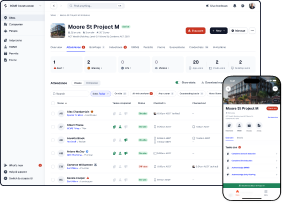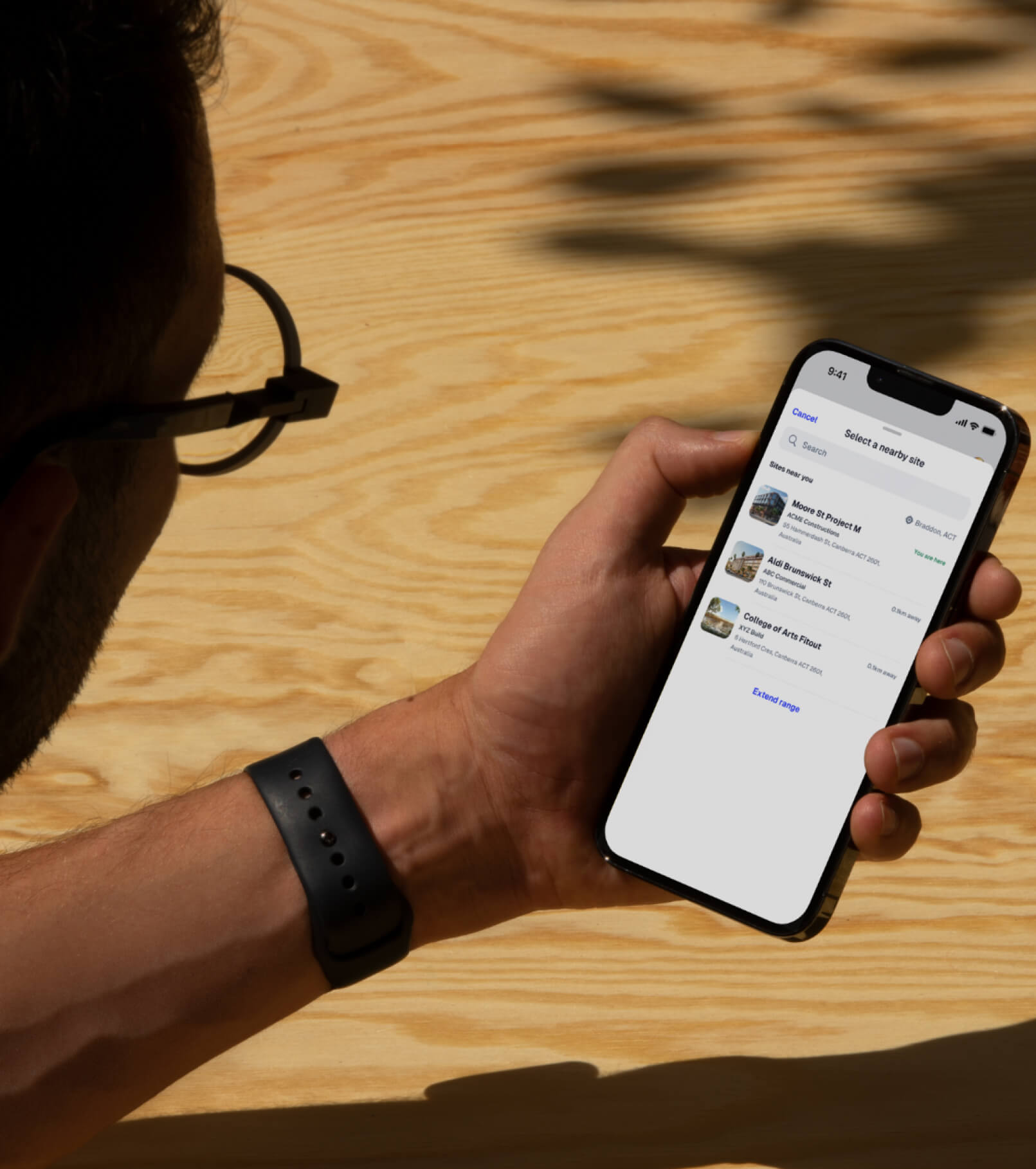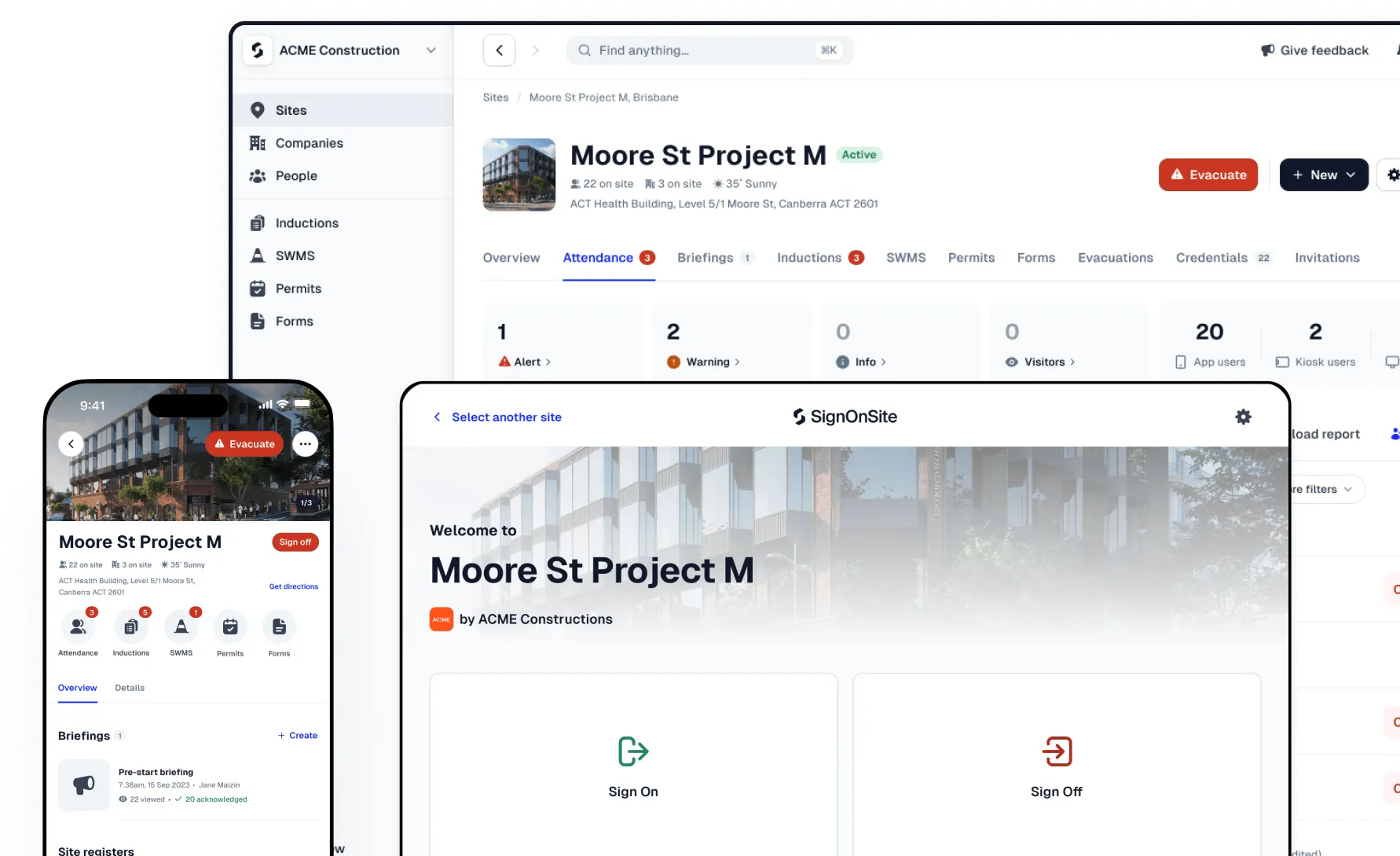Paperwork isn't protection or safety
October 20, 2020


Paperwork isn't a substitute for genuine engagement, involvement and responsibility for safety, nor is it legal protection.
In this article:
- The paperwork 'arse-cover' myth;
- What you can do to about it today;
The paperwork 'arse-cover' myth
There is a common safety myth that having a process and practice 'paper trail' provides companies with protection against risks - both in terms of safety and legal liability.
Dr Rob Long, an expert in Social Psychology at Human Dymensions, and Greg Smith, Principal at Nexus Law Group, discuss this extensively on the SafetyRisk blog.
They discuss the misconception that having extensive, paper-driven safety systems and processes protects against legal liability - i.e. 'it covers my arse'.
Mr Smith notes that if paperwork is an accurate reflection of what really happened, then it can be useful. However, most companies who have been successfully prosecuted are ones that have failed at completing their own paperwork. "Paperwork, in fact, is your biggest source of legal liability," Mr Smith notes.
In proceedings, these paper-driven processes and systems often demonstrate that such a system exists, but that in the real world, they aren't always used or completed correctly. Mr Smith states that it doesn't matter if a failure in compliance led to an incident. Even if successful completion of the established process could have prevented an incident happening, the fact that it wasn't used is enough for a conviction.
Mr Smith recounts a matter he was involved in, which included a fatality, where a worker on a site was performing regular Take Fives. They would complete them on paper and then upload them to the company's database. This person had done so 175 times, but none of them had been done correctly, and this wasn't discovered until after the incident, as no one understood that the system wasn't working.
The system allowed for the management component of the process to be completed, but it didn't achieve its intended safety outcome.
These sorts of processes don't always get completed, and there is no mechanism to alert the responsible people of that.
Mr Smith and Dr Long note that technology isn't a fix for the underlying issues that lead to these scenarios. If there is a gap in the fundamental practices of safety, adding technology to the mix doesn't help. Safety requires that people "walk, talk, listen and converse".
Technology isn't a replacement for people or the fundamentals of safety. It is a tool for doing a set of jobs - after all, a speedboat is no use on a highway, but it is great on the water.
What can you do about it today?
Changing the attitudes towards of whole organisations is a long journey. But you're running sites today, next week and next month.
We need to keep people safe, and the tools you have on-hand right now might be processes and paperwork. So while safety culture continues to become more sophisticated towards its next evolution, we need to figure out how we can do it better today.
One of the ways to do that is to make the existing tools better.
Think of the story above with the paper Take Fives being uploaded into a database. If there had been a mechanism to check those Take Fives, the issue could have been flagged much sooner - it was already being uploaded into a digital system.
The processes behind the paperwork can go from being lagging black-box into a real-time view of how people are engaging with safety. Useful technology could make managing the paperwork more efficient so that Managers and other responsible people don't have to focus on the admin, but have the time to "walk, talk, listen and converse".
SignOnSite customers are doing that today.
If someone doesn't do an induction properly and comes onto the site, they can see it straight away - it isn't a digital or paper record tucked away in a corner. The technology doesn't fix the problem of someone not doing an induction properly. But the technology quickly tells you of the problem straight away.
Our customers are not having to go around getting signatures from 100+ the people on site every morning to say that they've read the daily briefing. Instead, they use the technology to get the processes done more efficiently AND have genuine safety engagement with people on site.
We've made it a long way in safety, but we still have a long way to go. Getting there means reaching for best-practice by implementing practical improvements along the way.









.svg)